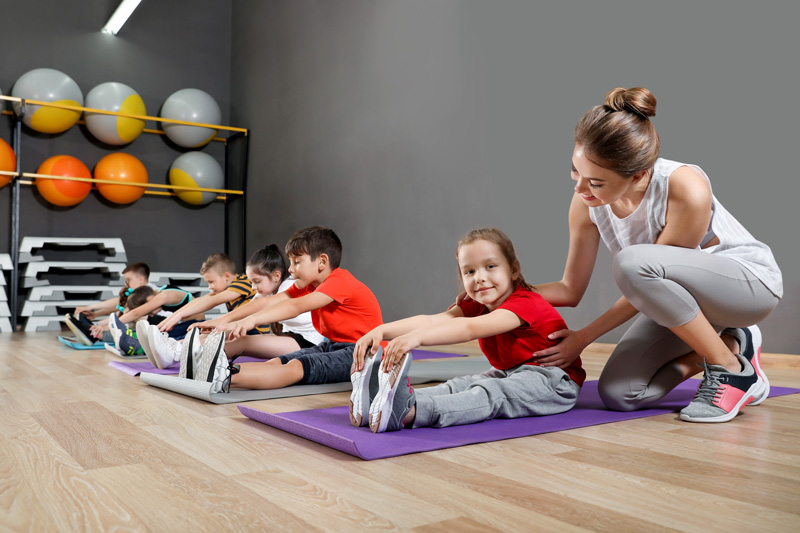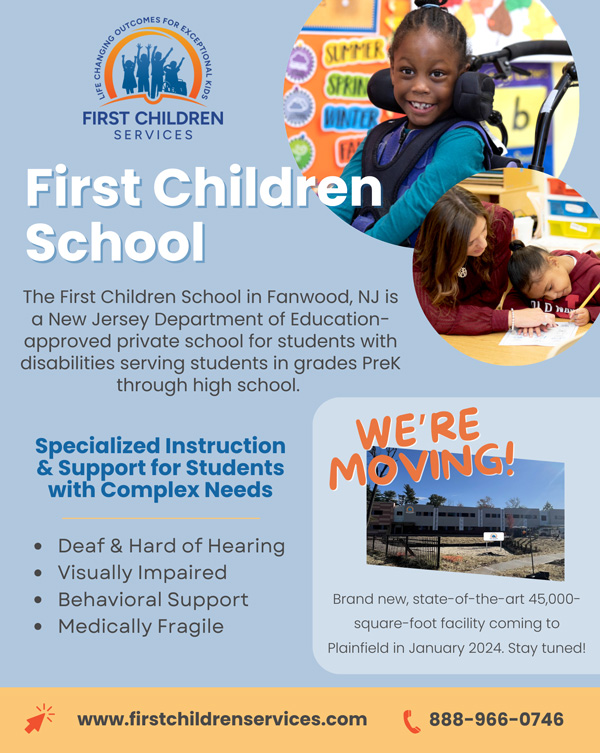Self-Regulation is an individual’s ability to process and manage behavioral and emotional reactions to what is happening in their immediate environment. Throughout the day, a child’s nervous system is constantly attempting to process the sensory components of opportunities presented to them. These activities require regulating arousal states that match the situation or activity. When a child’s nervous system is dysregulated, it will be nearly impossible for them to attend. Learning requires a foundational ability of students’ self-regulation for emotional and behavioral arousal during the school day. Children with neurodevelopmental conditions such as autism spectrum disorder (ASD) or attention deficit hyperactivity disorder (ADHD) will often have challenges with self-regulation and experience a roller coaster of emotions throughout the day. The ability to regulate begins to develop in infancy. When a baby cries, the parent and caregiver are in charge of swaddling, rocking, or feeding them to assist with calming and regulation which is known as co-regulation. As a child grows and develops, they strengthen their ability to self-regulate. Children with sensory processing issues that are dysregulated will often not be aware of their arousal levels and its impact on their ability to function and participate within their school environment. Children need to be in an optimal or “just right” level of arousal to be able to learn and function to their best potential.

Occupational therapy practitioners (OTPs) typically guide and assist teachers, families, caregivers, and children in various sensory strategies to promote students’ self-regulation. Our discipline looks at the physical, cognitive, and emotional needs and skills of a student through the lens of how it impacts their participation in meaningful activities, roles, and tasks (AOTA, 2020). Self-regulation is a skill that greatly impacts a child’s ability to learn, play and connect with peers. OTPs use their expertise to assist with modifying students’ routines, environments, tasks and teach emotional regulation skills. In a school setting, interventions can be provided on the individual, classroom, or program level.
OTPs provide direct individual occupational therapy to address students’ self-regulation needs. Once identified, their needs are included in their IEP goals. In a school-based setting, the plan of care could include individual therapy provided as pull-out or push-in sessions. During pull-out sessions, the student is seen outside of the classroom. Some schools provide space for a therapy gym. In many private schools, there is an opportunity to utilize many modes of sensory input to determine what types of activities will help a student balance their sensory systems. The determination of the most beneficial combinations of sensory presentation are made and delivered during individual sensory based treatment sessions. A sensory gym allows for more specific observation or responses that a student has to any given sensory opportunity. A combination of strategies used may include visual, auditory, olfactory (smell), proprioceptive, vestibular (sense of self in space), taste and interoceptive (internal) sensory experiences to help a student regulate their arousal level. Some opportunities available during a pull-out session include swings, movement activities such as scooters, therapy balls, uneven surfaces, and weighted blankets.
During a push-in session, the OTP will provide support within the classroom routine. Here, the therapist partners with the staff as they analyze what can support or what may hinder the student’s ability to self-regulate and subsequently participate meaningfully. A therapist may make accommodations for the student by changing the materials or factors in the environment such as lighting, or the appearance of activity components. Regulation strategies identified during individual sessions would be shared and modeled with the classroom staff. A consultation session can be included in the OT services as an effective way to implement and monitor these strategies and any changes in needs. In collaborating with teachers, we present strategies that not only support the student but are also realistic in the classroom environment.
Occupational therapy services also encompass developing environments, culture and programs that support self-regulation. In advocating for support of these needs at an institutional level, we strive to create valuable programming and environments for the school community.
Another way to help students self-regulate is to create or visit a sensory room where students can engage in self-directed sensory opportunities. A sensory room in a school setting is a therapeutic space with a variety of equipment, special lighting, calming music and objects to engage students in meaningful sensory experiences. Sensory rooms promote students’ self-regulation, as they can visit for a few minutes to calm, regroup, and refocus themselves in a calm, controlled environment. These rooms are often used to support special needs or disabilities to promote students’ self-regulation and manage behaviors. A sensory room can be a great addition to any school program.
Mindfulness and Yoga can help a child learn self-awareness, self-control, and learn how to focus and manage their emotions. These skills can help them to regulate their feelings and their body, which will support overall performance and functioning at school. Mindfulness and Yoga can be addressed in a group for the purpose of increasing students’ self-awareness, developing an awareness of how they feel when they become dysregulated and, most importantly, teaching how they feel when they are regulated. Students learn how to explore their bodies and minds and how they may change in response to different experiences and emotions. It is important for students to understand how their body feels in a calm, ready state versus how they feel in a dysregulated state. Participating in various mindfulness, yoga and breathing activities can help students find or stay in a calm and regulated state. According to Jon Kabat-Zinn (2023), “Mindfulness is awareness that arises through paying attention, on purpose, in the present moment, non-judgmentally.” Some activities may include body scans, sound/listening mediation and getting in touch with nature. Yoga poses and sequences are either self-explored or achieved with assistance, if needed. The focus in each group is breathing. Various intentional breathing techniques are explored including feather breathing, counted breathing, and heart and belly breathing. Having the teachers and assistants engage with the group helps to facilitate co-regulation skills.
When appropriate, classrooms can use a program called “Zones of Regulation” developed by Leah M. Kuypers, MAEd OTR/L. It is a curriculum designed to foster students’ self-regulation and emotional control. It uses a color-coding system to help students express what “zone” they are feeling. They can then use tools or activities to help them get into a zone that works for the given situation. The classrooms have a toolbox with items or pictures of activities (i.e. breathing directions) that they can explore and use to help regulate their system. They also have a color-coded Zones sign-in board, in which they pick their zone when they arrive in the morning and have sporadic check-ins during the day. They can independently access the board and the toolbox as needed throughout the day.
The therapeutic practices discussed above addressing students’ self-regulation have been proven successful at First Children School. The school is an approved private school for children with multiple disabilities and many who also have been diagnosed with ASD. Incorporating self-regulation strategies throughout a student’s school day can greatly impact their ability to attend and function in the classroom setting.
Renee H Sebok, MS, OT, Mary Frese OT RYT, Mary Reilly, OTD, OTR/L, and Kim Apel, OT, are Occupational Therapists, Howard Savin is Clinical Advisor, and Kristen Daneker, MS, BCBA, is Director of Quality and Outcomes at First Children Services.
References
About – Jon Kabat. Zinn. (2023). https://jonkabat-zinn.com/about/
American Occupational Therapy Association. (2020). Occupational therapy practice framework: Domain and process (4th ed.).
Kuypers, L. M., & Winner, M. G. (2021). The zones of regulation: A curriculum designed to foster self-regulation and emotional control. Think Social Publishing, Inc.







[…] https://autismspectrumnews.org/students-self-regulation-an-occupational-therapy-perspective/ […]
[…] https://autismspectrumnews.org/students-self-regulation-an-occupational-therapy-perspective/ […]